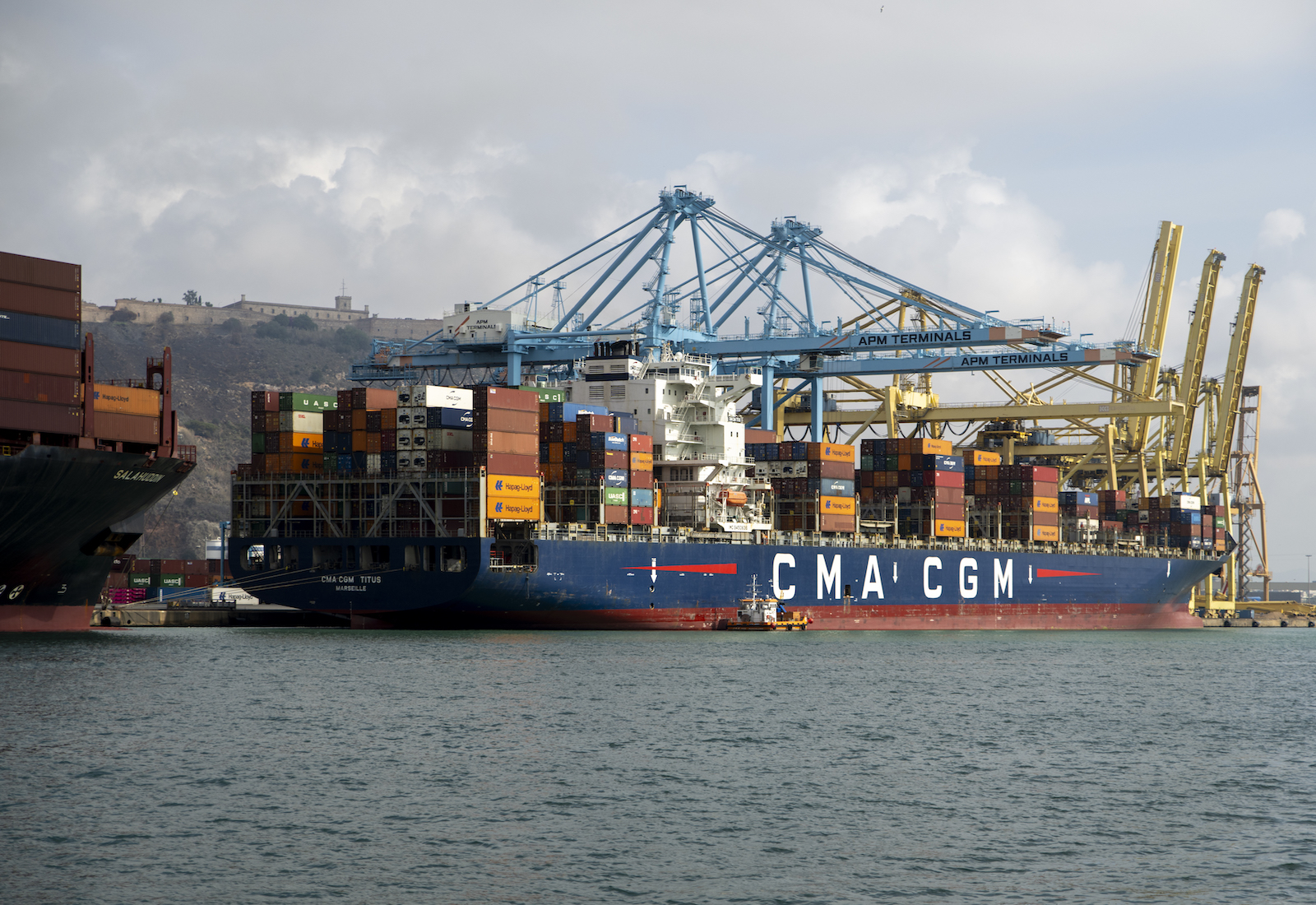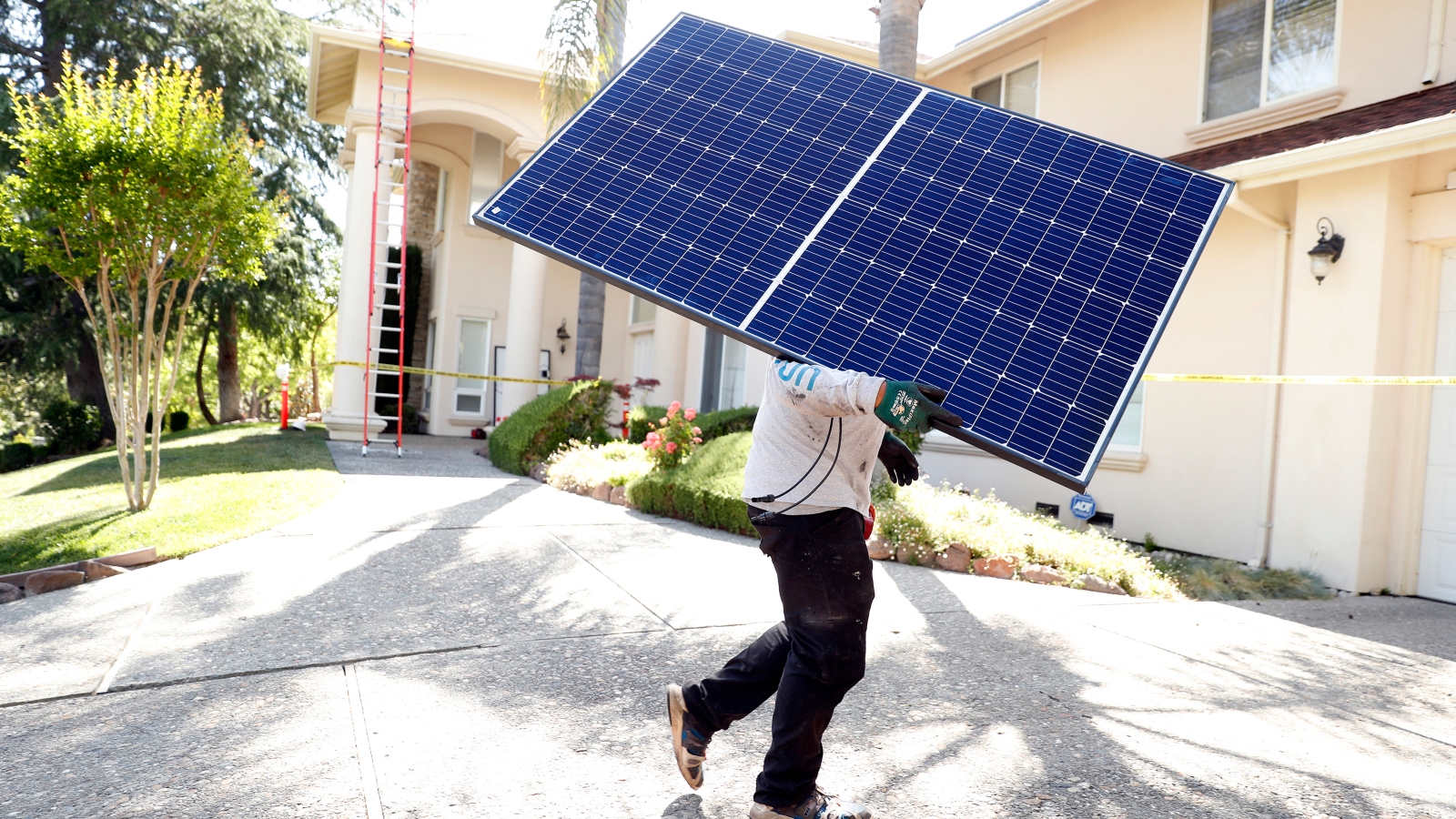
Since the beginning of the 21st century, the western United States has been experiencing some of the driest conditions on record, and according to the UN, more than 75% of the world could be facing drought conditions by 2050. Bottom line: as climate change continues to cause water stress, we need to find ways to conserve water and adapt to drier conditions — including in our yards and gardens.
The traditional expanses of pristine green grass that characterize most lawns use huge amounts of water. It’s estimated that 30% of residential drinking water is used outdoors, and even more in the summer. This can be a huge expense and a drain on water resources, especially in areas of the country facing water shortages.
The goal of creating a water-wise yard is threefold: to increase the amount of moisture your soil can hold, capitalize on naturally available water, and choose plants and designs that require less water to begin with. Landscaping using water-wise methods is often called “xeriscaping,” a term first used by the Denver Water Board to describe landscaping methods that reduce the need for irrigation, capitalize on natural precipitation, and overall require less water than traditional landscaping methods. Whatever the name, there are many ways to increase the resilience of your yard in the face of drought.
Sustainable Hardscaping

Usually integrated with xeriscaping, hardscaping basically means designing and decorating your yard with non-organic features like walls, paths, patios, or driveways. Hardscaping itself is not inherently sustainable, but sustainable hardscaping works in harmony with the ecosystem, built intentionally with the goal of having a positive effect on the environment rather than a negative one.
Use Well-Draining Materials
A primary feature of sustainable hardscaping is allowing for permeability, which traditional materials and methods — like building expanses of unbroken concrete for patios or sidewalks — don’t reflect. These impermeable surfaces don’t allow water to percolate through to the soil, but instead allow it to run off to other areas and deprive the soil of water. Using materials like gravel or stones with gaps in between to build walkways and other yard features will allow rainwater to infiltrate rather than run off.
Build a Dry Creek Bed to Capture Runoff
After a heavy rain, you might notice that water pools in a specific area of your yard, or rushes down gulleys in the dirt. Building a dry creek bed from rocks in the areas where water usually collects will force it to percolate back into the soil. There are many different ways to design these beds, but the main goal is to dig a trench, using the displaced soil to build up the walls. Line the bed with larger rocks, and cover the inside with medium-sized rocks. There will be some spaces in between, which you can fill in with gravel or river rock.
To beautify the creek bed, plant some native greenery along the top of the trench around the large rocks, or create a rain garden at the bottom with your garden’s moisture-loving plants to put that water to use and prevent further erosion.
Capture Rainwater
Using municipal water to water your garden can be expensive — especially in the heat of summer — and some municipalities facing water shortages might impose restrictions on water use for yards and gardens. Instead, use the water that’s being given to you for free! Capture rainwater in a store-bought rain barrel, or make an easy DIY version yourself. Most connect to a drain spout, and have a spigot at the bottom for easily accessing the water. For a low-tech solution, put out some buckets and barrels right before a rainstorm to collect water for tomorrow’s watering. Note that collected rainwater should never be used for drinking, and when watering the garden, water plants right at their base in case of any contaminants in the water, then thoroughly wash any produce.

Wirestock / iStock / Getty Images Plus
Choose Better Plants
Kentucky bluegrass — the grass that usually coats our lawns — is thirsty, and requires a lot of water to stay green. Choosing plants with greater tolerance to low-water conditions will require less attention, and less water.
Perennials
Unlike annuals — which have a single-year life cycle — perennials overwinter in gardens and come back year after year. Because of this, their root systems are robust and much more well-established, meaning they require less watering. Planting perennials also results in less soil disturbance (since you aren’t replanting every year), which leaves the organic matter of the soil intact and thus maintains high water retention. Foxglove beardtongue, purple coneflower, yarrow, and Russian sage are among the many beautiful perennials that are especially drought-tolerant.

Drought-Tolerant Plants
Because they only live for one year, annuals have shallow roots and generally require more water than perennials. However, some annuals — like California poppies, cleomes (or “spider flowers”), cosmos, creeping zinnias, marigolds, sunflowers, and vinca (aka periwinkle) — have a higher tolerance for drought. For grasses and greenery, try fountain grass, pampas grass, blue fescue, lamb’s-ear, and sweet potato vine. Succulents and cacti do especially well without much water, although check the tag to make sure they are suited for your hardiness zone.
Native Plants
Among all of the options for ornamental plants, you’ll likely find the greatest success with those that naturally grow in your region. Native plants have adapted over time to the climate, soil, and other local conditions, which means they don’t require as much attention, are more resistant to pests and disease, and usually require less water. Blanketing your yard with species native to your area will lead to a biodiverse, successful, and water-wise yard.

Cluster Thirsty Plants Together
Put your thirstiest plants in the same area of the garden, especially if you water with a hose. By concentrating your heavy watering into just one area (rather than all over the yard), you’ll save a good deal of water; even just walking around with the hose spraying as you move from area to area can be a drain on water.
Garden Maintenance
Maintain Healthy Soil
Paying attention to the health of your soil is important for growing robust plants above the ground. While soil composition varies widely by region, healthy soil acts like a sponge, retaining water for when the plants need it while still being porous enough for roots to penetrate. Organic matter increases the water-retention capacity of soil — add compost at the beginning of the growing season to deliver more nutrients to the ground before planting.
Mulching
A layer of mulch overtop a garden can greatly reduce loss of moisture through evaporation. Store-bought wood chips aren’t the only option for mulching — fallen leaves, leaf mold, pine needles, and grass and garden clippings will work just as well. When you chop perennials at the end of their life, (or do any pruning of plants) leave the clippings over top of the soil to trap in moisture. Inorganic mulch like gravel and shells can work, but it can make it harder to work in the garden.
Plant Hedgerows
Both wind and strong sunlight can decrease soil moisture during the day. To combat this, plant tall shrubs and plants around the perimeter of the garden to act as a barrier. Before doing this, notice how shadows work in your yard, and plant accordingly. Some plants want full sun all day, so plant those away from the shade, and plant more shade-loving plants closer.

Targeted Irrigation
When watering with the hose, we tend to spray over a wide range, likely wetting areas that don’t need the moisture. In general, plants do better with less frequent waterings that penetrate deeper into the soil, which encourages them to grow deeper root systems. Instead of a typical garden hose, try a drip irrigation system or soaker hose instead, which targets the roots directly and wastes no water in the process.
Use a Rain Gauge
These low-tech, relatively inexpensive tools measure the amount of water your garden is getting so you can adjust your watering schedule accordingly — you may be watering much more than is necessary without realizing. Most gardens are okay with one inch of water per week (although arid climates will need slightly more), aside from especially hot periods. When you water, check to make sure the soil actually needs it. If it’s dry an inch below the surface, it’s time to water, but if not, wait until it’s dried out a bit more.
The post Low-Water Landscape and Garden Designs for Water-Wise Yards appeared first on EcoWatch.







